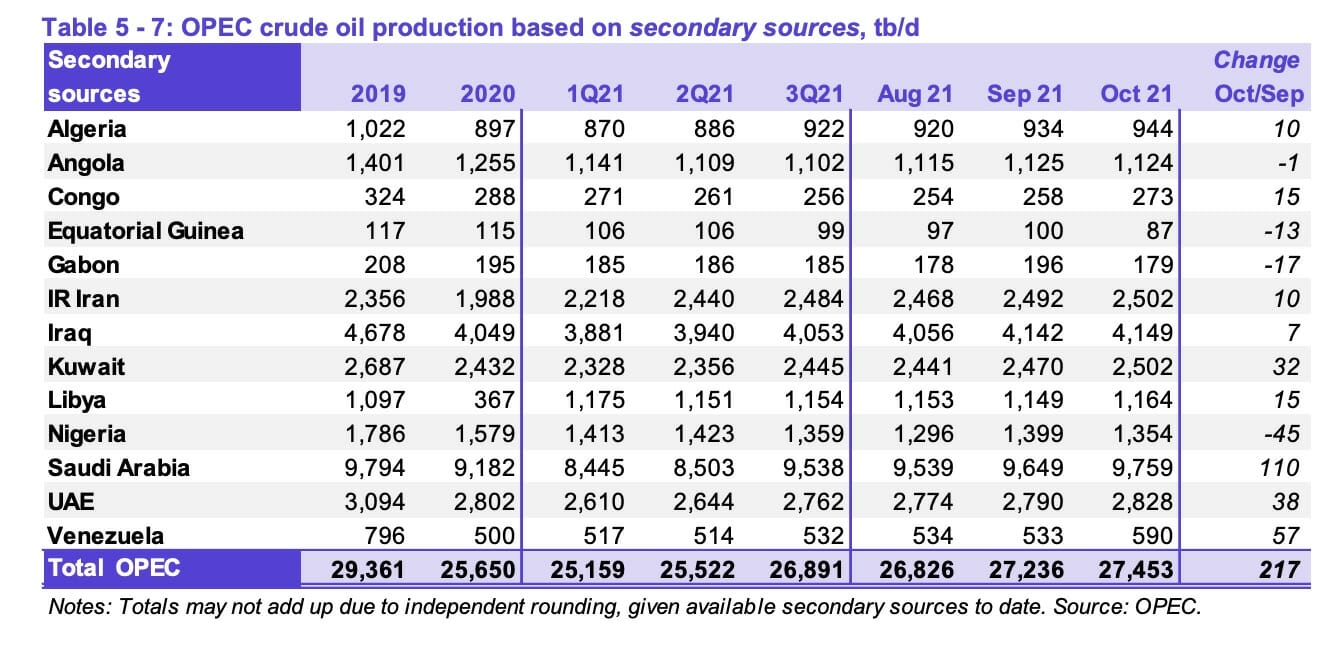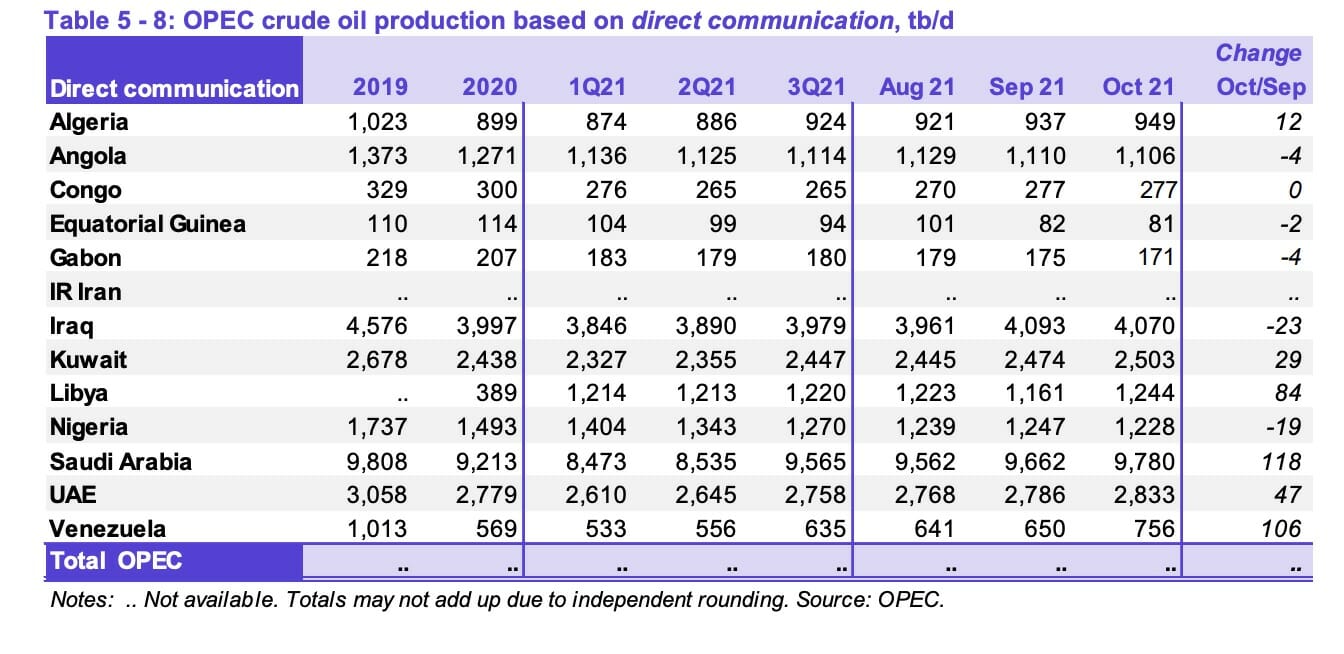Libya has overtaken Nigeria as Africa’s top oil producer, according to a new report by the Organisation of the Petroleum Exporting Countries (OPEC).
Nigeria’s oil output decreased to around 1.23 million barrels per day in October, down from roughly 1.25 million bpd the previous month, according to figures presented to OPEC.
Libyan oil output increased to 1.24 million barrels per day in October, up from 1.16 million barrels per day in September.
Nigeria, though, continues to pump more oil than Libya, according to OPEC secondary sources.
Nigeria’s output was estimated to be 1.35 million barrels per day in October, down 45,000 bpd from around 1.40 million bpd in September, according to secondary sources.
Libya’s output was put at 1.164million barrels a day, higher than the 1.149 million barrels a day in September.
Nigeria, whose oil minister is President Buhari, recorded the second-biggest drop in output in October among its peers in OPEC, after Iraq.
The country’s production fell the most in the month, according to secondary sources.


The 13-member oil cartel said its total crude production averaged 27.45 million bpd in October, higher by 220,000 bpd month-on-month, according to secondary sources.
“Crude oil output increased mainly in Saudi Arabia, Venezuela, the UAE, and Kuwait, while production in Nigeria, Gabon and Equatorial Guinea declined,” the sources said.
Saudi Arabia’s crude oil production rose to 9.759 million bpd, and the Kingdom was quite naturally the producer with the largest monthly increase.
Nigeria’s output was more than 200,000 bpd below its cap of 1.6 million bpd.
Nigeria has been struggling to reach its quota while frequent force majeure events have also contributed to the much lower production than allowed under the OPEC+ deal, reports oil.com.
At the end of October, Shell’s Nigerian unit declared force majeure on loadings of Bonny Light crude, following the shutdown of the Nembe Creek Trunk Line (NCTL) by the operator, Aiteo Exploration and Production Limited.
Elsewhere among African members, the combined crude production in Gabon and Equatorial Guinea fell by 30,000 bpd in October from September.
The OPEC members that raised their respective production last month included all three producers exempted from the OPEC+ cuts—Venezuela, Iran, and Libya.
Venezuela boosted its oil production by 57,000 bpd per secondary sources in the OPEC report. Iran and Libya saw smaller increases of 10,000 bpd and 15,000 bpd. Since production at those three is not part of the OPEC+ deal, the 217,000-bpd output increase of OPEC-13 becomes even smaller when restricted to the 10 members part of the OPEC+ pact.









Discussion about this post